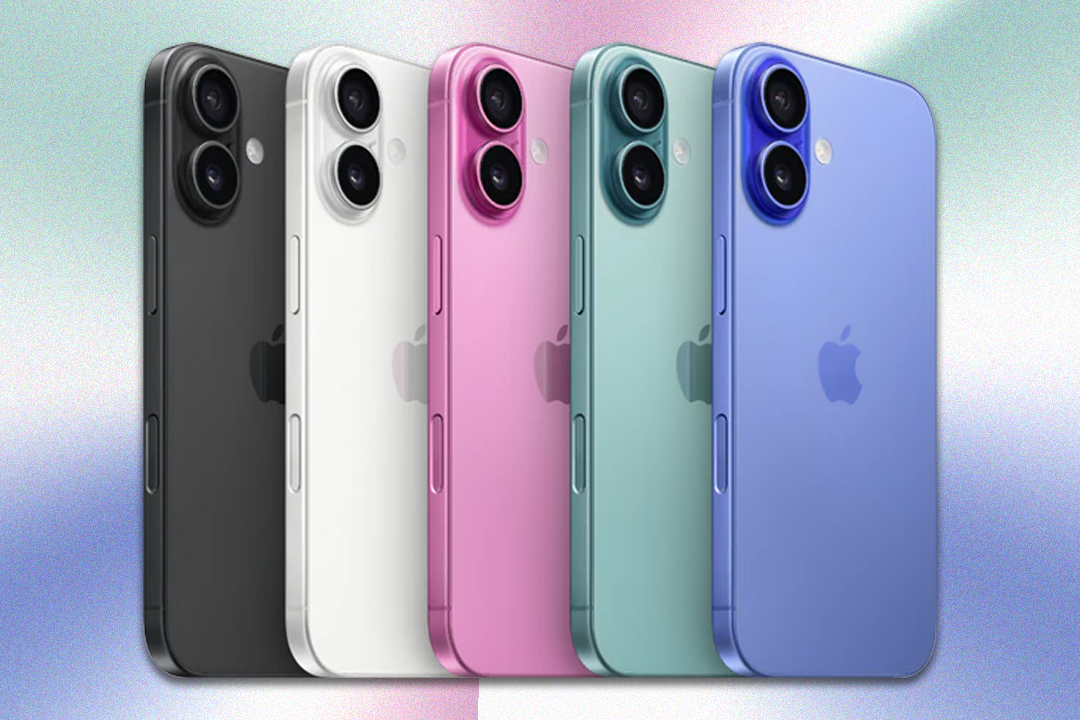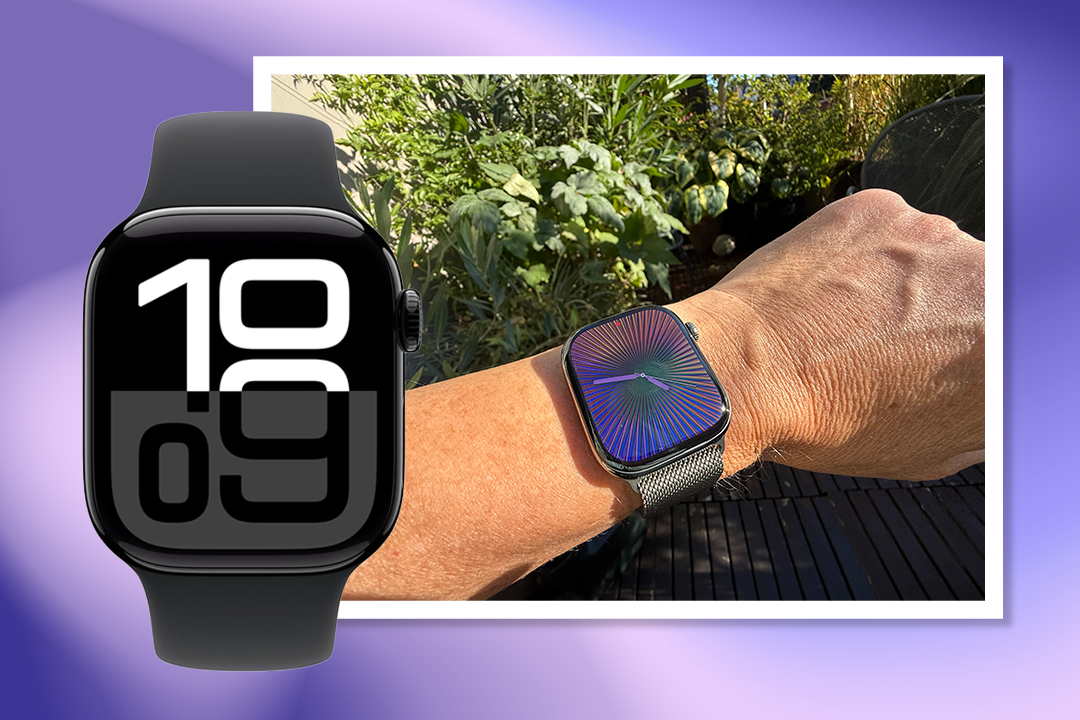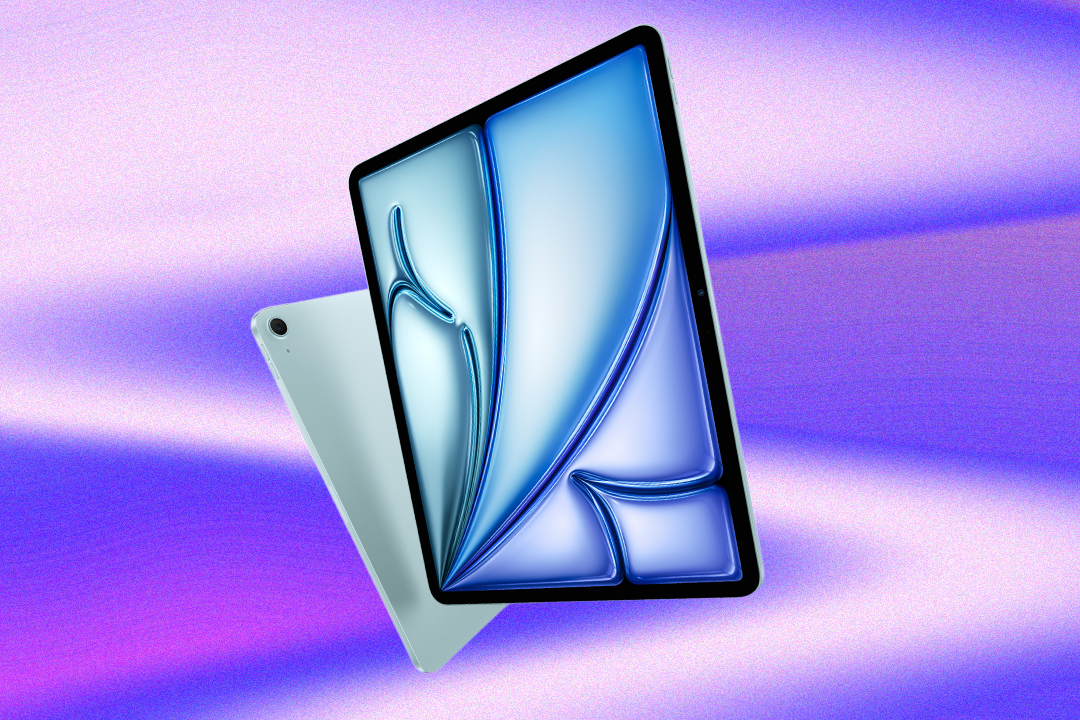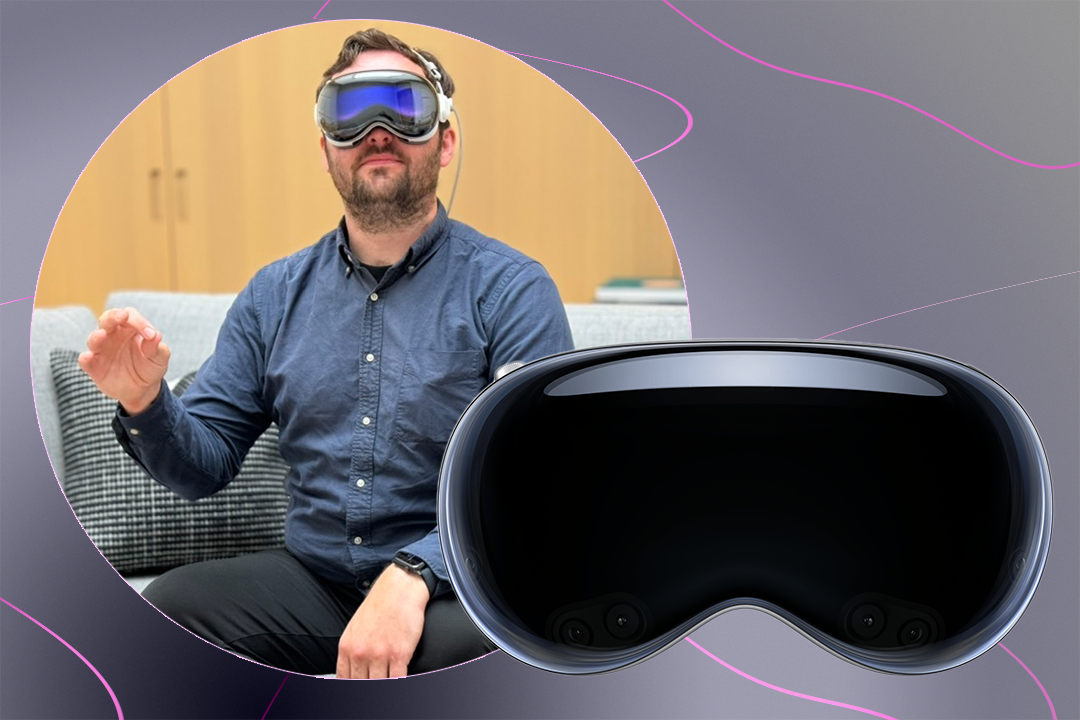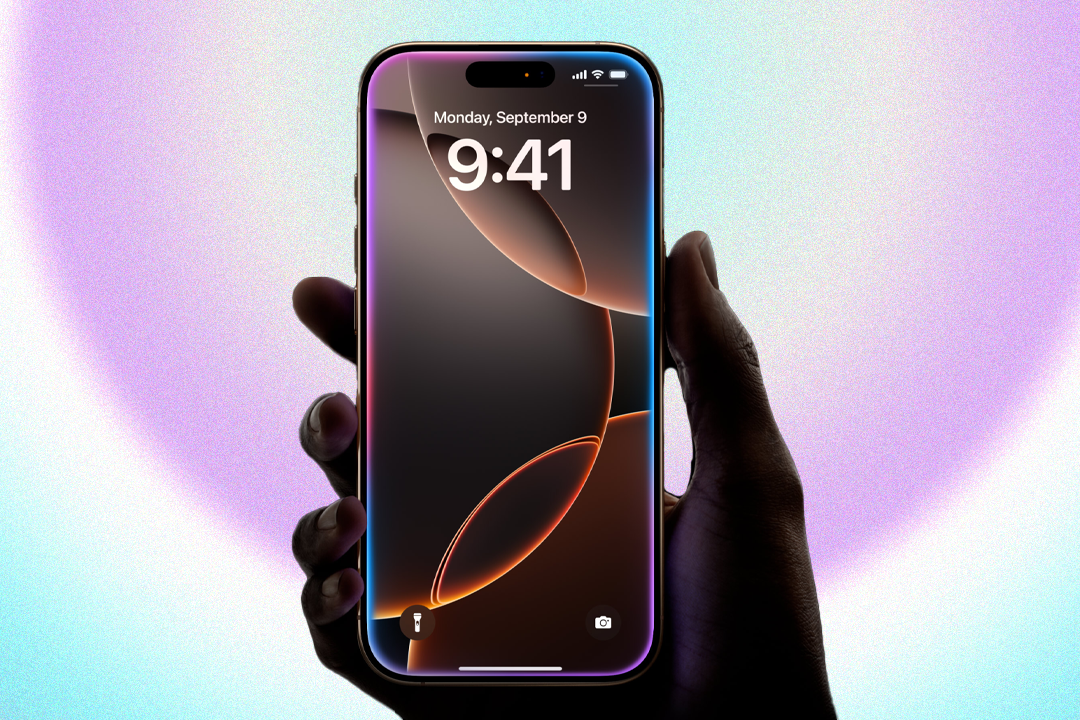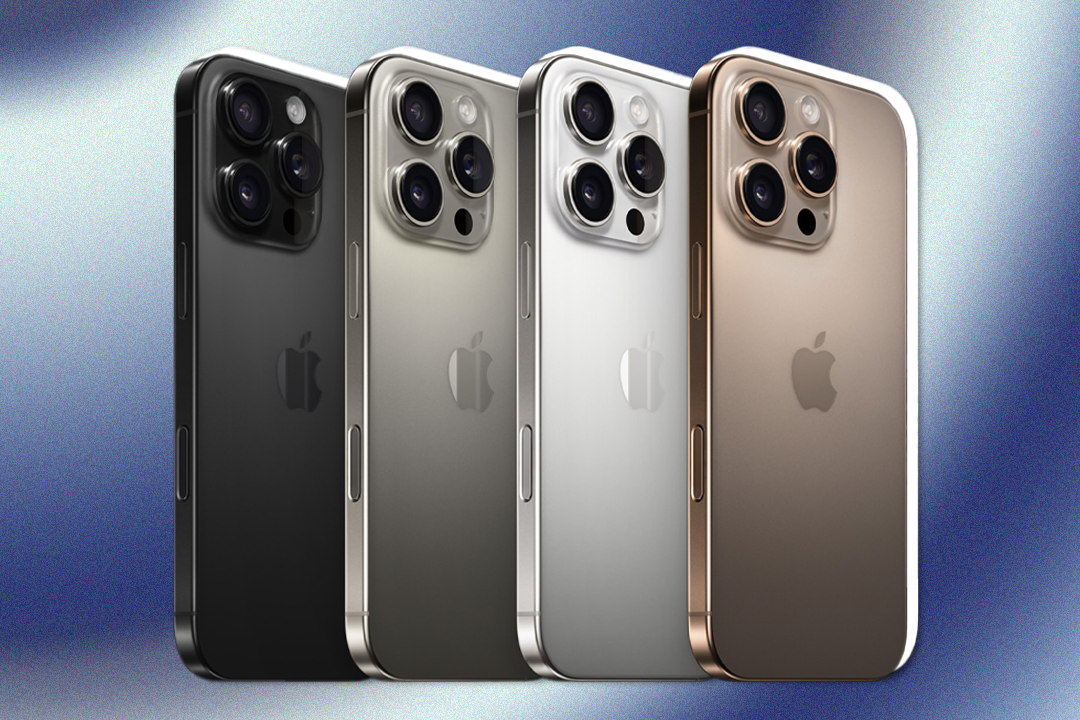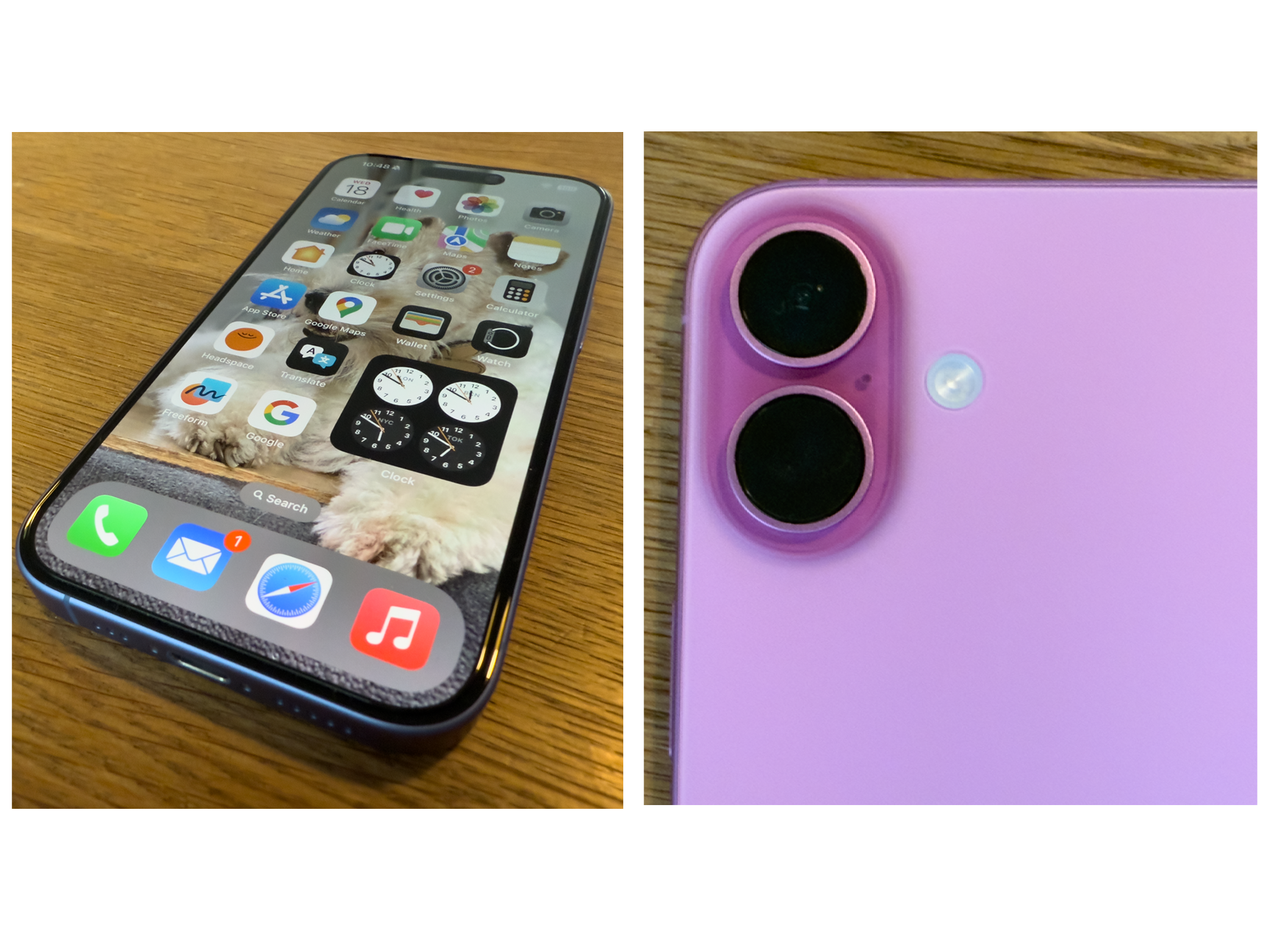Apple iPhone 16 and iPhone 16 plus
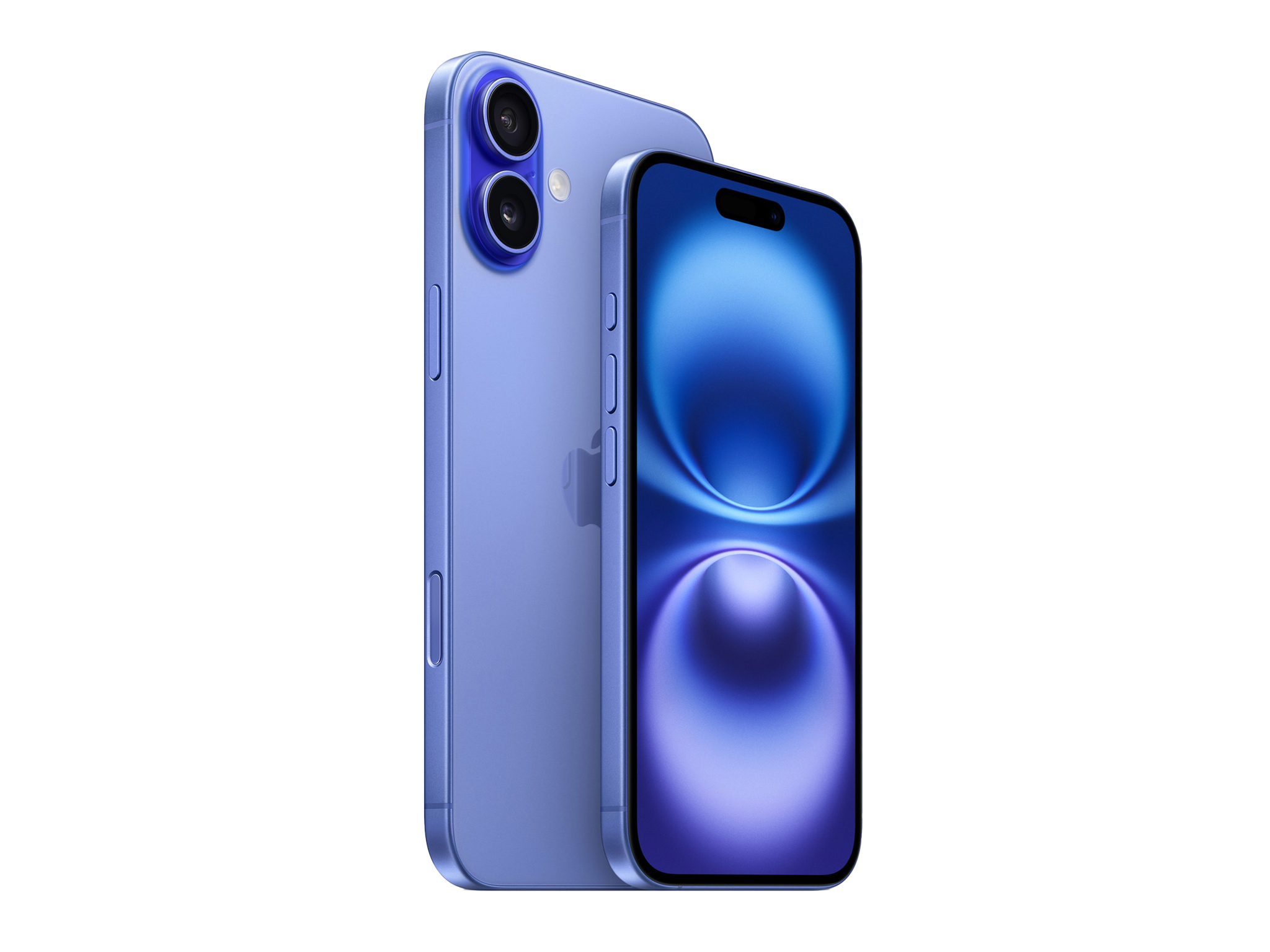
- Screen: 6.1in (Plus: 6.7in)
- Processor: Apple A18
- Storage: 128GB, 256GB, 512GB
- Dimensions: 147.6mm x 71.6mm x 7.8mm (Plus: 160.9mm x 77.8mm x 7.8mm)
- Weight: 170g (Plus: 199g)
- Rear cameras: 48MP main, 12MP ultra-wide
- Front camera: 12MP
- Colours: Black, white, ultramarine, teal, pink
- Why we love it
- Great colourful design
- Camera control
- Apple Intelligence coming
- Strong battery life (exceptional on the Plus)
- Take note
- Display outdone by rivals
Design
Though the size and shape of the new iPhones are the same as last year’s models, the look is very different, thanks to a move from quiet, understated colours to lively, vibrant ones. Last year’s iPhone 15 series were muted and subtle: these are bright and eye-catching, thanks to Apple’s process of infusing colour into the glass. The best of the lot, I think, is a hauntingly bright blue called ultramarine: you can’t take your eyes off it. There’s a gentler but still deeply attractive teal and a fuzzily inviting pink. If you’re feeling you want something more demure, you still have white and black options to choose from. These are the best-looking iPhones for years.
The colours rule on the back and the edge, but the screen is upgraded as well with a new ceramic shield. That’s the name for the protective front of the iPhone, but Apple stresses that this material was already tougher than glass in its previous version. This is version two and is said to be twice as tough as any other smartphone glass. Even so, please don’t drop your iPhone if you can help it.
Another big change to the look of the iPhone 16, compared to last year’s model, is that the two rear cameras are now stacked vertically, not diagonally. One of the benefits of this is that the cameras can be used to record spatial video, the 3D-effect movies that play back super-impressively on the Apple Vision Pro.
Read more: Best iPad 2024: Which tablet is right for you?
Two other changes are important: the iPhone 16 now has an action button. This replaces the mute/ring switch found on every iPhone until the iPhone 15 Pro and is a much more versatile feature. You can still use it for silent mode, or configure it for the torch, to start a voice memo (please say, “note to self,” rather grandly as you do this to complete the effect) or to turn on the Translate app, for instance. You can even set the action button to do nothing, though, seriously, why would you?
The other is the new camera control, which lets you launch the camera with one touch, and take a photo or shoot video with another. Hold down the button, which is a clever hybrid of mechanical and the capacitive touch we know so well from the iPhone display, and you can zoom in and out by swiping your finger along. This excellent new way to interact with the camera is on all four iPhones this year.
New features
Phone audio isn’t a topic usually picked out in reviews, but this is fun. After shooting a video, you can tweak how it sounds. I saw this demonstrated by Apple and have tried it myself. You can adjust the audio so that only the voices of the people in the shot are heard (pick “in-frame” for this), or choose a “studio” option that makes it sound like you’re in a professional recording studio.
The most interesting thing is that, like the camera control, Apple decided this was mainstream enough to include it on all of this year’s iPhones.
A new app, available to all iPhones compatible with the new iOS 18 software is Passwords, which is a superbly simple way to keep track of all your passwords across all Apple devices. They were previously buried in part of the iPhone’s settings but this app makes them more accessible and easy to find.
Cameras
Apple has put what’s called a “fusion camera” on the iPhone 16, which uses software to combine multiple images shot in quick succession at 48MP and 12MP resolution, to create an impressive 24MP result.
Here’s a tiny change which will make a big difference: Apple has added anti-reflective coatings to the lenses to reduce flare in photos better than software can.
Read more: Apple MacBook Air M3 review
There’s no third lens on the iPhone 16, but along with the main camera (48MP resolution) and an improved 12MP ultra-wide, there’s a virtual telephoto. By zooming in on the central 12MP of the main camera’s 48MP sensor, Apple has created a genuine, no-digital-enhancement optical 2x zoom. Three cameras, then, with only two lenses.
Actually, make that four: move in close to your subject and the iPhone switches to the ultra-wide, shows a cute yellow icon with a flower in it and takes extremely good macro shots, too.
Apple’s love of photographic styles has come on a lot in this phone. With the camera app open, you can choose styles like dramatic, quiet, cosy, ethereal and more. And if you don’t like the look after, you can fix it in post, because Apple saves the full-colour information – though, the image files are about 20 per cent larger as a result, which could eventually be an issue if you have an iPhone with minimum storage. But it gives greater flexibility for how your image will look in a way that’s significantly more sophisticated than applying a filter.
The iPhone cameras remain class-leading, thanks to outstanding components, from sensors to lenses, matched with software that has imaginative solutions to problems and, above all, is done with exceptionally good taste: there are no jarringly inaccurate skin tones or night shots that look nothing like your memory of the moment.
Performance
The new A18 processor has been designed with Apple Intelligence in mind. That’s the bespoke AI capability which will be first seen next month, though it will begin to resonate with UK audiences from December, when UK English is on board. Features will include writing tools which will save you time and help you feel more confident in your writing, proofreading and summarising your words. There’ll also be a new-design Siri, and on-device product knowledge so if you can’t remember how to fix a photo when someone is blinking, for instance, the iPhone will be able to tell you. Apple Intelligence is a very exciting prospect, but obviously reviewing it is tricky before it arrives.
Across the phone, everything works at speed and you’re never kept waiting. This iPhone is a real performer.
Battery life
Apple said when it announced the new iPhones that battery life would get better. I mean, that’s the best improvement of all, isn’t it? The company wasn’t kidding. Both phones have significantly longer battery life than the models they replace, despite the fact that they do much more.
The expectation before launch from many quarters had been that the extra features would be power-hungry and any battery life gain would be wiped out. But no, you can expect the phones to last a full day with ease. This is down to better power management and bigger batteries than before in all the new iPhones.
And it’s worth adding that recharging the iPhone when you need to, is now faster when you do it wirelessly. A new MagSafe charging pad is now available which, when you plug it into a 30W plug, can wirelessly recharge the iPhone at 25W instead of the previous 15W.
iPhone 16 vs iPhone 16 Plus
Battery life is one of the distinct differences between the iPhone 16 and iPhone 16 Plus. It’s great on the 16 and even longer on the iPhone 16 Plus. Apple claims the Plus will let you watch five more hours of video playback than the iPhone 16. Compared to the iPhone 15, the iPhone 16 keeps going for an extra two hours, Apple says, and compared to the iPhone 15 Plus, the iPhone 16 Plus has another hour of life. These figures feel about right to me.
The other major difference is the size. Obviously, the Plus is bigger, so it’s important to try one in your hand before buying: it will be too big for some. That said, the extra real estate is highly inviting (the Plus has a 6.7in display, against the iPhone 16’s 6.1in screen) and, be warned, once you’ve gone for a larger display, it’s harder to go back.
The third difference is the price: the iPhone 16 costs from £799 and the iPhone 16 Plus is from £899.
